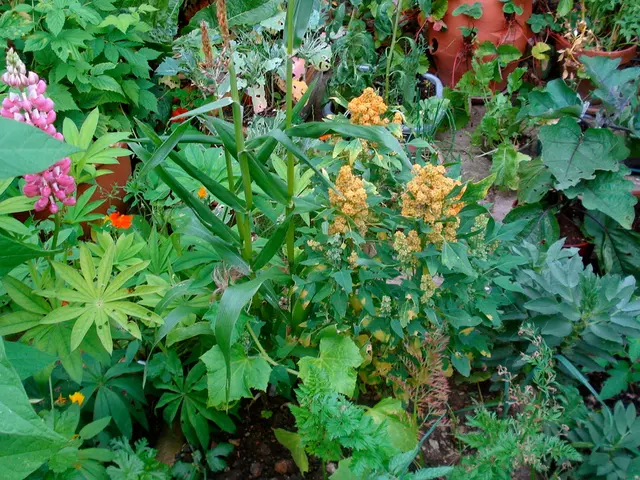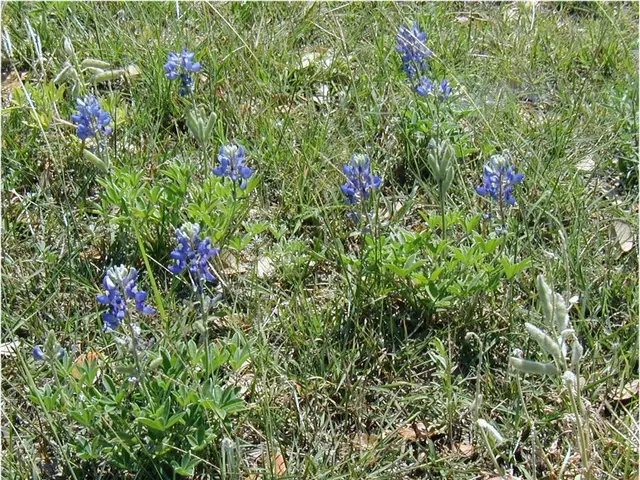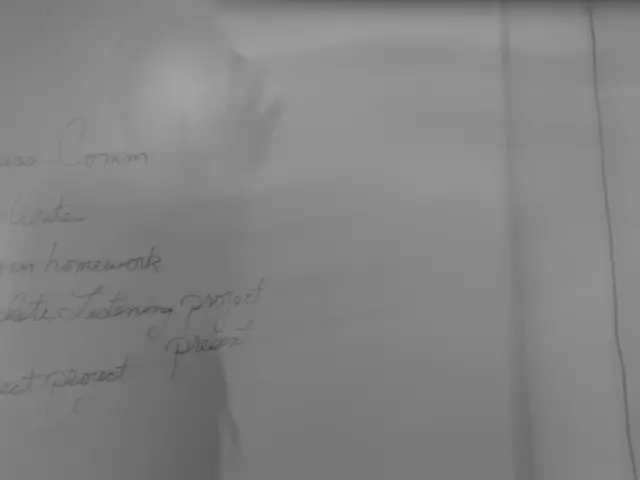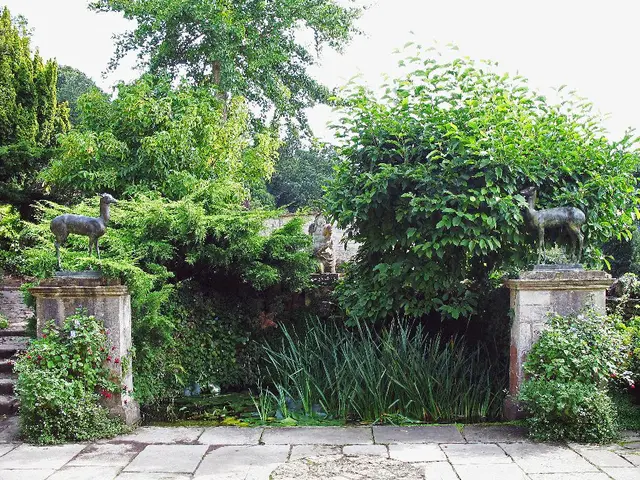Less frequent watering is Advisable for Indoor Plants During Winter's Chill.
Whether you're a novice or an enthusiast in the world of houseplants, ensuring they're well-hydrated is crucial. The moisture level in the soil should be your primary concern.
During the chilly winter months, indoor plants typically get less sunlight, which slows down their growth. A slower growth rate means your houseplants will need less water. "When light quantity and duration decrease, photosynthesis and certain other biological processes slow down," explains Leslie F. Halleck.
Various factors, such as light levels, home temperature, and humidity, can affect how much water your plants need.
Meet the Experts
- Leslie F. Halleck is a certified professional horticulturist based in Dallas, Texas, and the author of Gardening Under Lights.
- Lisa Madz is the resident plant expert for Rosy Soil.
Less Light Means Slower Growth
Winter's shorter days and reduced natural light impact plant growth. "Houseplants often need less water in winter because they grow slower and their transpiration decreases due to lower light levels and cooler temperatures," says Lisa Madz. The process of photosynthesis slows down, and the amount of water houseplants can absorb is reduced.
Most houseplants do not enter dormancy like many outdoor plants but instead experience a slower growth period. "Plants may enter a quieter period of quiescence during winter," says Halleck.
Know Your Home, Region, and Plants
While the weather outside might be cold or frigid, indoor temperature and humidity are critical in understanding your houseplants' needs during winter. The one-size-fits-all approach to watering houseplants in winter is not possible because your geographical region and the warmth of your home affect light, temperature, and humidity, which in turn influence how much and how often you need to water your plants seasonally.
"Your location, climate, local weather, and HVAC system influence light, temperature, and humidity, which determines how much and how often you need to water your plants seasonally," says Halleck. "Everyone's environment and light availability vary greatly, and the needs of different plant species also vary."

Running heaters can keep you warm, but they dry out the air. "If you're running heaters, your indoor air is likely dry, which means it can hold more water vapor," says Halleck. "Humidity inside the home can drop by 10-15% in winter months, meaning your plants may lose more water faster through evapotranspiration and moisture evaporation from the growing media," she says. "So even though there's less light available, more water is leaving your plant."
When Houseplants May Need Less Water in Winter
There are situations where you may need to water less in winter, such as in regions with higher natural humidity or if your plants are near a window. "If you live in a climate with higher natural humidity and cool temperatures, have humidifiers for your plants, or your plant sits near a cold glass window, then you may need to reduce your watering in winter," she says.
How to Create More Humidity
One way to create more humidity in your home is by placing several houseplants close to each other. "Grouping plants together can create a more humid microenvironment, benefiting them in drier indoor winter conditions," says Madz.
When Houseplants Need More Water in Winter
Most homes run heaters in winter, which can cause your houseplants to dry out faster, requiring more water than in other seasons. "My houseplants wilt more frequently in winter than in summer when I'm cooling the air with air conditioning," she says. "Air conditioning also removes moisture from the air, but the cooler air temperatures reduce transpiration."
Determining how much water your houseplants need can be challenging due to numerous variables and nuances. If you want healthy and thriving plants, Madz recommends, "Adjust the watering frequency based on the specific needs of each plant and the environmental conditions."
Was this page helpful? Thanks for your feedback! Tell us why!
Based on the provided text, here are two sentences containing the words 'Gardening Ideas', 'SouthernLiving', and 'Houseplants':
- For inspiring gardening ideas and care tips for houseplants, you might want to check out Southern Living's online resources or their printed magazine.
- In their July/August issue, Southern Living featured an article with gardening ideas focused on houseplants, providing advice on placement, watering, and light requirements.







